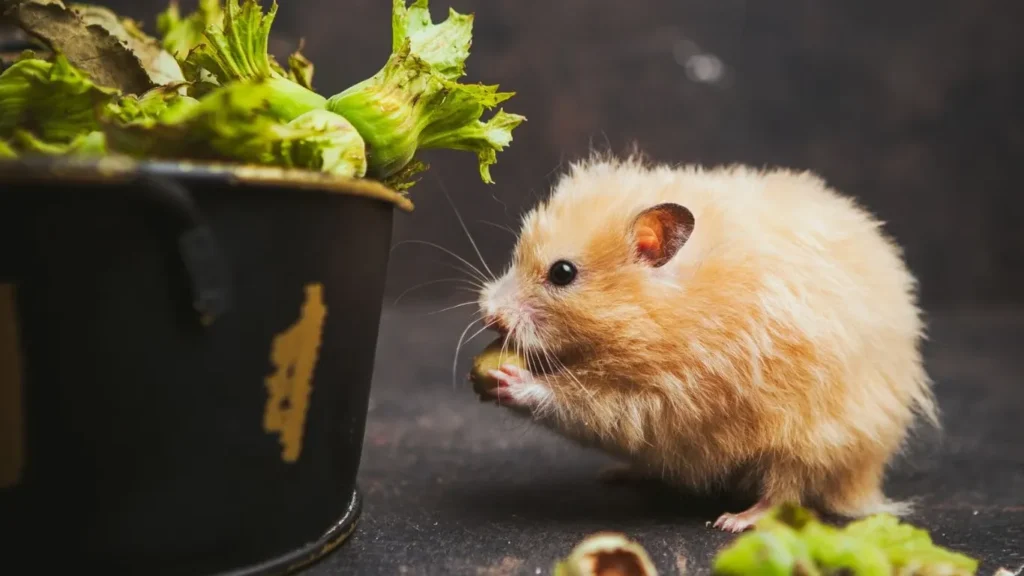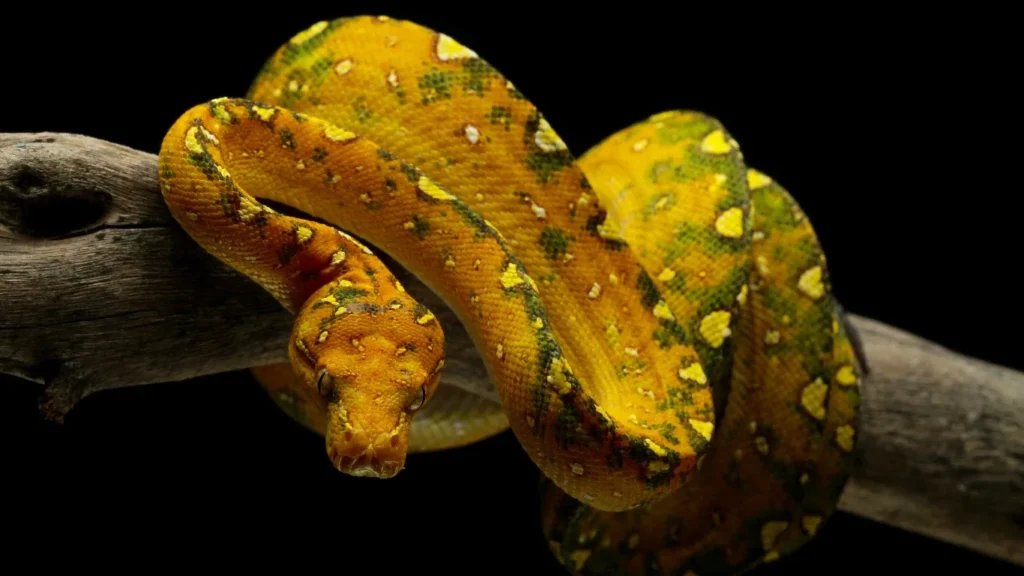
How To Care For A Hamster?
Is it cute and lovely that you have pets like hamsters? Many homes are filled with happiness and togetherness when they have small pets. How it is going to be when you have tiny hamsters at your home?
It’s important to know how to care for a hamster, whether you’re buying first time or want to make better changes to your routine. Everything you need to know about hamster care is covered in this blog, so you can be sure your cute little hamster pet stays happy and healthy.
Hamsters are one of the pretty tiny pets that are known and prized for their cute and entertaining appearance. But many of us don’t know how to care for a hamster. Everything you need to know, from creating the right habitat to feeding them properly, will be covered here:
Choosing the Right Species
Hamsters come in a variety of species, each requiring a different level of care. The most popular hamsters kept as pets are:
- Syrian Hamsters: Often referred to as golden hamsters, these are the biggest and most solitary of the species.
- Dwarf Hamsters: Often more friendly than Syrian hamsters, these hamsters include the Roborovski, winter white, and Campbell’s dwarf varieties.
- Chinese hamsters: Requiring comparable care as dwarf hamsters, Chinese hamsters are smaller and resemble mice more.
Making appropriate housing for a hamster is the first step in proper maintenance. For exploring and exercise, hamsters require large spaces.
Here are a few important things to keep in mind:
- Size: Though dwarf hamsters can live contentedly in somewhat smaller cages, Syrian hamsters require a minimum of 360 square inches of floor space.
- Material: Glass aquariums, wire cages with plastic bases, and plastic modular habitats are all possibilities; just make sure the cage is well-ventilated and escape-proof.
How Do I Care For A Hamster: Best Bedding For Hamsters
The proper bedding is essential for the good health and comfort of your hamster. The following are some of the best bedding for hamsters;
- Reptile Bedding: Although it is mostly for reptiles, several varieties are also suitable for hamsters. Make sure it’s safe and non-toxic.
- Coconut Bedding for Reptiles: Coconut Husk Reptile Bedding is known for its inherent odor control and absorbency, this is a great choice.
- Top Hamster Bedding Options: The best options for comfort and moisture absorption include aspen shavings, paper-based bedding, and bedding made of coconut husk.
As they are active and energetic animals, hamsters require mental and physical stimulation.
- Wheels and Tunnels: Provide an exercise wheel with a solid surface as well as an assortment of tunnels and hiding places to explore.
- Chew Toys: Since hamsters’ teeth are always growing, giving them toys to chew on can help them stay entertained and keep their teeth in good condition.
Diet and Nutrition: How to Care for A Hamster
It is very crucial to know how do you look after a hamster with healthy and nutritious food. The main thing you should keep in mind for a hamster’s health is a well-balanced diet.
- Pellets and Seeds: The main component of a hamster’s diet should be premium pellets, with a small amount of seeds added for diversity.
- Fresh Fruits and Vegetables: Provide fresh produce that is safe for hamsters, such as apples, carrots, and broccoli, in moderation.
Treats should be consumed in moderation to prevent obesity. Boiled eggs, almonds, and tiny bits of cheese can occasionally be treats. Avoid fat and sugary foods.
Drinking water: Proper Hydration
Make sure your hamster has access to fresh, clean water at all times. To keep the water clean and stop spills, use a bottle with a metal spout. Make sure it’s operating correctly by checking it every day.
Typical Health Concerns: How To Care For A Hamster
Identify possible health problems to treat them early. Be on the lookout for symptoms such as fatigue, appetite loss, and behavioral abnormalities. If something seems amiss, get advice from a veterinarian.
Frequent Veterinary Checkups
- Regular veterinary checkups contribute to the health and welfare of your hamster.
Upkeep and Cleaning
Keeping your hamster clean and free of odors requires routine cleaning.
- Weekly Cleaning: Take out any dirty bedding, give the cage a quick wash with some mild soap, and then add new bedding every week.
- Spot Cleaning: In between complete cleanings, daily spot cleaning of the cage helps keep it clean.
In summary
Taking good care of a hamster is an enjoyable hobby that calls for dedication to the animal’s welfare and careful attention to detail. Your pet will remain healthy, content, and amused if you follow to this thorough care instruction for hamsters. Keep in mind that every hamster is different, so pay attention to their requirements and preferences.
FAQs
How to care for a hamster?
To build trust, start with a roomy cage, offer a healthy feed, and make sure to handle your pet frequently.
Which bedding works best for hamsters?
Coconut husk, paper-based bedding, and aspen shavings are all great choices.
How frequently should I clean the cage in my hamster?
Every week, conduct a complete cleaning, and every day, spot clean.
How is a hamster taken care of in the winter?
To keep your hamster from becoming cold, make sure the cage is kept in a warm, draft-free environment and kept at a consistent temperature.



